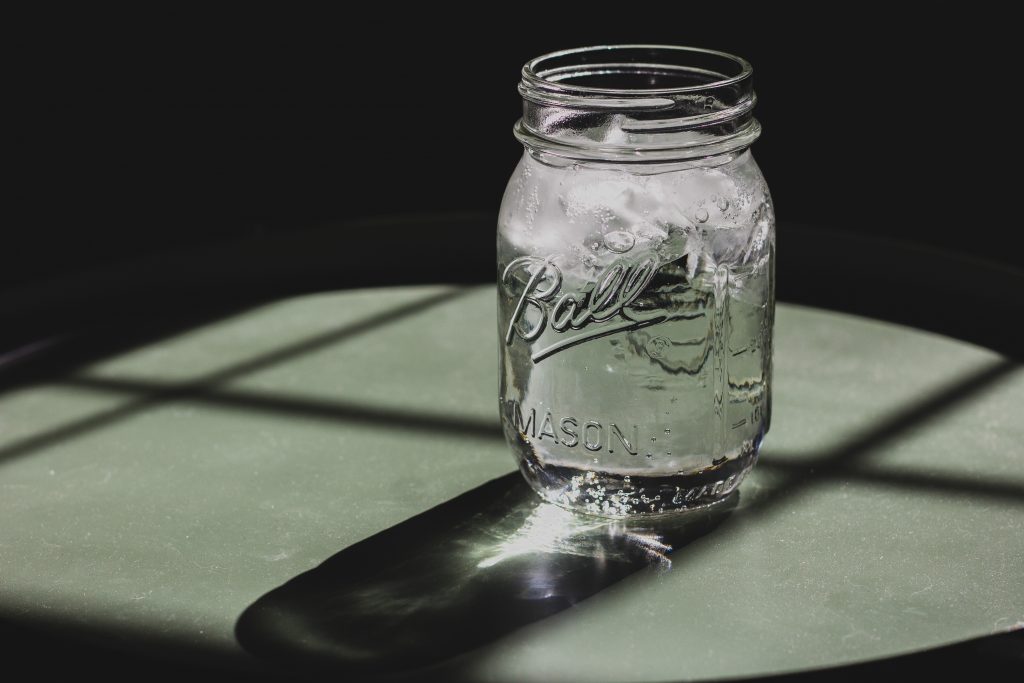Water is essential for life, as it makes up 60 percent of the average person’s bodyweight. Before we go on and talk about the importance of hydration in the summer, and how to monitor your hydration status, go ahead and grab a big glass of water, because if you’re like me, always forgetting to bring my water bottle to work, you might be dehydrated.
   Looking at urine color is the quickest way to monitor hydration. Clear to light yellow color indicates adequate hydration, while darker colors, as in the doc’s hued color charts, indicates dehydration. Keep in mind that certain vitamins and supplements can make the color of urine not representative of hydration level. For example, high doses of vitamin B can cause neon yellow pee, or vitamin C or riboflavin that contain carotene can cause yellow to orange colors.
   On any given hot day, the heat and dry conditions contribute to the water our bodies lose and needs to be replaced. A common recommendation regarding how much water you should drink is eight eight-ounce cups a day. That’s easy to remember, and a reasonable goal, according to the Mayo Clinic. However, everyone is different, and the actual amount of water needed depends on a number of factors, such as heat and humidity, and individual differences, including sweat rate, body mass and exercise intensity and duration.
   Signs of dehydration are:
- Dry mouth
- Tiredness
- Thirst
- Decreased urine output
- Dizziness or feeling lightheaded
- Nausea
- Headaches
- Irritability
- Dry skin
- Urine darker than normal
   Make it a habit to carry a bottle of water with you. If you have a water bottle labeled with volume measurements, put rubber bands around the bottom of it. Every time you finish a bottle, slide the rubber band to the top to help remind you to drink throughout the day. Remember also that all foods have some water in them, especially summer fruit and vegetables. What a good way to stay healthy and hydrated!
Printed in the Idaho Mountain Express August 3, 2018Â https://www.mtexpress.com/wood_river_journal/features/fitness-guru/article_0c8ba828-9685-11e8-88e5-63d01c110e57.html


